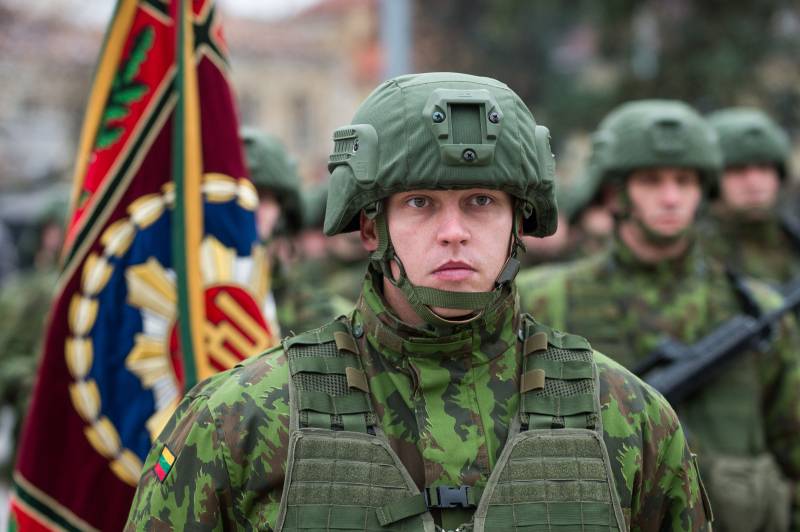For three years, NATO has increased the number of rapid reaction troops
According to him, since 2014, the alliance has stepped up military exercises, strengthened airspace control in the Baltic countries and deployed "four additional tactical multinational groups on NATO's eastern border."
In addition, the alliance changed its approach to cybersecurity: at the summit in Warsaw in July 2016, the heads of state and government of NATO member countries recognized cyberspace as a “new operational zone of the North Atlantic alliance, along with land, air and sea”.
He noted that the reform of the command, which was announced earlier in Brussels, is designed to "adapt the alliance to the new security situation in Europe and increase the maneuverability of NATO troops."
Recall that Moscow has repeatedly expressed concern about the buildup of forces of the alliance in Europe. A spokesman for the Russian president, Dmitry Peskov, said earlier that Moscow does not pose a threat to anyone, but will not disregard actions potentially dangerous to its interests.
- http://www.globallookpress.com

Information